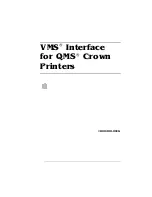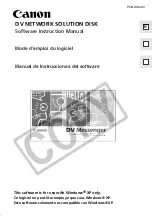
C H A P T E R 2
Using Dragon NaturallySpeaking Successfully
Dragon NaturallySpeaking User’s Guide
29
instructions, see “Training Dragon NaturallySpeaking to recognize
problem words” on page 38.
Training new words is a good idea, but it’s not required. If a word is
pronounced the way it’s spelled, Dragon NaturallySpeaking should be able to recognize
it without training.
When you’re finished training, the new words are added to the active
vocabulary (and marked with a colored star
in the Find New Words
dialog box).
9
Click Close to close the Find New Words dialog box.
Make it a habit to teach Dragon NaturallySpeaking new words to
continue to improve the accuracy of the program. Be sure to save your
speech files, when prompted, to preserve these changes to your
vocabulary.
Running Vocabulary Builder
Running Vocabulary Builder teaches Dragon NaturallySpeaking about
your vocabulary and writing style. If Dragon NaturallySpeaking knows
what words you use in your writing, and how you put them together in
sentences, it can do a better job of recognizing what you say when you
dictate.
Vocabulary Builder works by “reading” documents you’ve already
written on the computer. It uses these documents to gather language
data about the frequency of words you use and the order in which they
typically appear. For example, if Vocabulary Builder were analyzing this
guide, it would learn that the word “Dragon” is used frequently and the
words “by voice” often appear together. Dragon NaturallySpeaking
would then know to favor these words over similar-sounding words.
Vocabulary Builder also identifies any new words in your documents, so
you can add them to the vocabulary.
You may have already run Vocabulary Builder when you first started
Dragon NaturallySpeaking. You can run it again if Dragon
NaturallySpeaking is still making many mistakes, or if you now have
more documents you’d like to analyze. You can run Vocabulary Builder
NOTE
















































